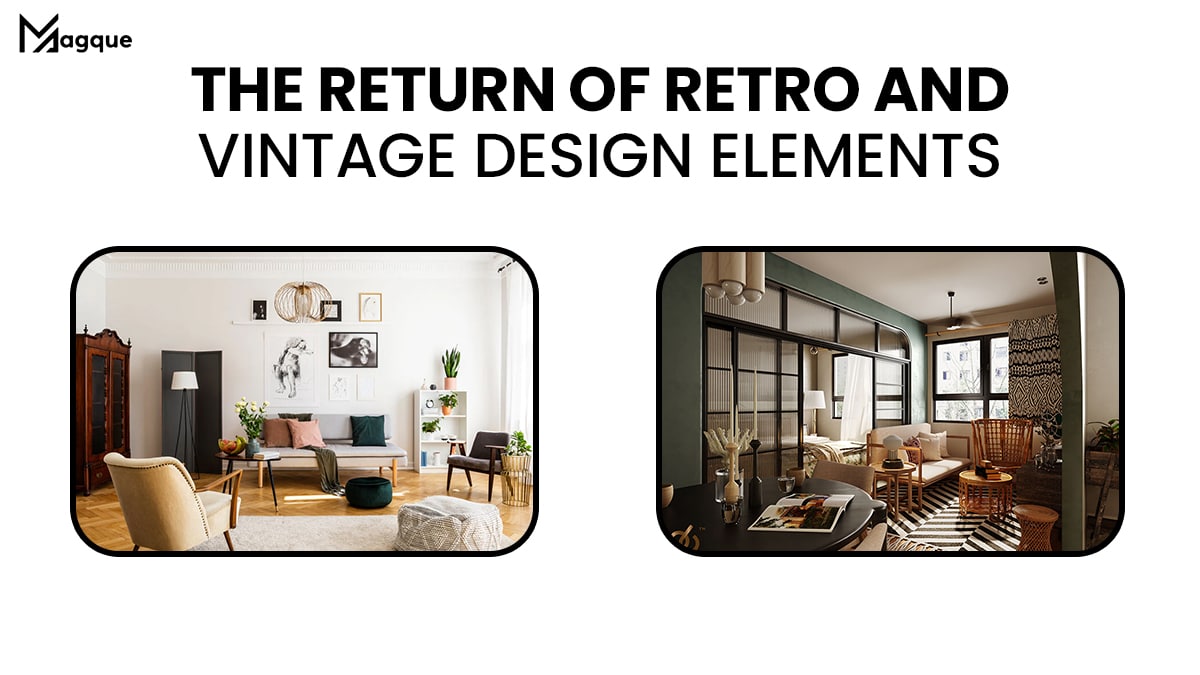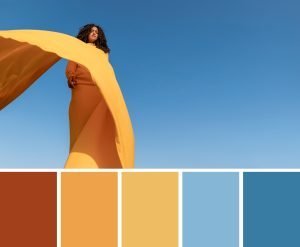It’s fascinating. How can what’s old suddenly become new again? In the design world, we’re witnessing a delightful resurgence of retro and vintage elements that many thought were relegated to the history books. But here we are, seeing a revival that’s as fresh as nostalgic. Why is this happening, and what does it mean for designers and enthusiasts?
The Allure of Nostalgia
There’s something inherently comforting about designs that evoke the past. Whether it’s the bold colors and geometric patterns of the 70s or the sleek, minimalist lines of mid-century modern design, there’s warmth and familiarity that comes with retro and vintage aesthetics. These designs speak to us of a simpler time, offering an escape from the often overwhelming complexity of the modern world. Who doesn’t feel a thrill when spotting a piece that looks like it walked out of a time machine?
Merging Past and Present
One of the most exciting trends is the seamless integration of old and new. Designers are not just replicating old styles; they are reimagining them for today. A vintage art deco wallpaper might be paired with contemporary furniture, or classic typography could be used in a cutting-edge website design. This fusion creates something unique—a conversation between the times that enriches both.
Sustainability and Vintage Vibes
Another big driver behind the vintage comeback is the growing emphasis on sustainability. In a world increasingly concerned with waste, there’s nothing to say about breathing new life into old designs. It’s not about reducing waste but valuing the craftsmanship and quality that characterized so much of the past era’s output. Choosing and reusing design elements are not only eco-friendly but also add a layer of depth and story to any space.
Why Does Retro Appeal to Modern Sensibilities?
You might wonder, why now? In an era dominated by digital art and virtual realities, tangible and tactile retro elements provide a grounding contrast. They remind us of the physicality of design before the digital age swept over everything. It’s a way to connect with the world’s materiality, to appreciate the brush stroke, the weave of the fabric, and the gloss of a vinyl record.
For the Love of Vintage
Let’s not forget the simple joy of design discovery. Hunting for vintage pieces, whether clothing, it’s furniture or art, can be a deeply rewarding pursuit. Each piece has its own history and story to tell. When these finds are incorporated into modern settings, they stand out as marks of character and taste.
Bringing It Home
Incorporating retro and vintage elements into your space or designs can be thrilling. Whether you’re a seasonyou’relector or just starting to explore this trend, the key is to blend these elements in ways that feel authentic to your own style. It’s not about It’sting a time capsule, but rather about letting these time-tested designs enhance the liveliness and personality of your modern space.
Wrapping It Up
At Magque, we’re all about racing the timeless charm of retro and vintage design elements. This resurgence is more than just a trend—it’s a movement of its own, appreciating and preserving the best of the past while making it relevant today. Whether designinyou’reme, a workspace, or just looking for that perfect vintage accessory, remember that the old can always be new again. Why not dive into the rich tapestry of the past and find your unique way to bring a bit of history into your contemporary world? After all, isn’t it time to celebrate the beauty of the past as we design for the future?
FAQs
Q1. What defines retro and vintage design?
Retro design refers to new creations that mimic the style of a previous era, typically from the 1950s to the 1980s. Vintage design, on the other hand, involves using actual items or designs from the past. Both styles embrace nostalgia and bring classic aesthetics back into modern settings.
Q2. Why are retro and vintage designs becoming popular again?
The popularity of retro and vintage designs can be attributed to several factors. A growing appreciation for nostalgia, the uniqueness of old-school craftsmanship, and the sustainability of reusing existing materials all contribute to their resurgence. These elements provide a comforting contrast to modern digital design’s often impersonal and transient nature.
Q3. How can I incorporate retro or vintage elements into my modern home?
Start by introducing small, focal pieces like a vintage lamp, a mid-century chair, or retro-inspired wallpaper. Mix and match these elements with contemporary decor to avoid making your space look like a set from the past decade. The key is creating a harmonious blend that reflects past and present aesthetics.
Q4. Are retro and vintage designs only suitable for personal spaces, or can they be used in professional environments?
Retro and vintage designs can be wonderfully effective in professional environments as well. Many businesses use retro branding to evoke trust and nostalgia or vintage interior designs to create inviting and distinctive office spaces. It’s all about how well you integrate these elements into the overall design concept of the workspace.
Q5. What are some tips for finding authentic vintage design elements?
Visit local thrift stores, estate sales, and flea markets for authentic vintage finds. Online marketplaces also offer a vast array of vintage items from various eras. When shopping, look for items in good condition or those that you can quickly restore. Knowing the history and style of the period you are interested in can also help you make informed decisions.
Read Also This – Creative Poster Design Ideas and Inspiration













